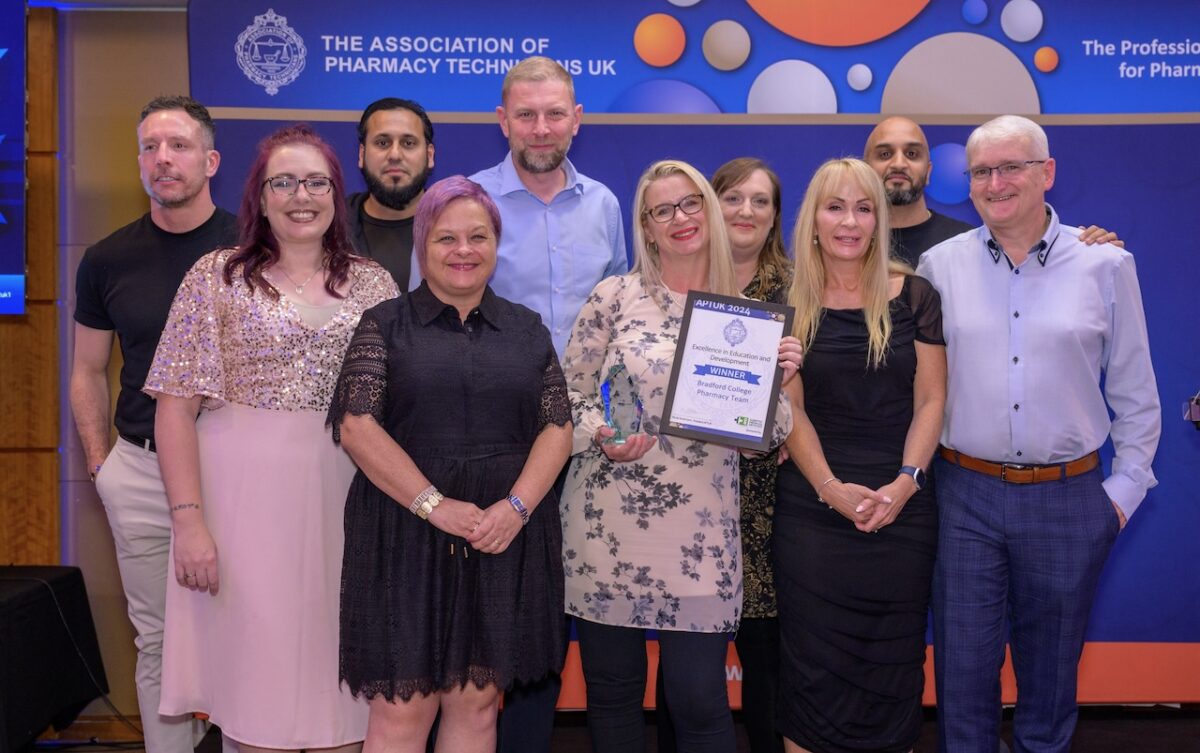Employer engagement: The employer’s perspective

This article looks at employer engagement from an employer network’s perspective and is taken from research I carried out when writing The best vocational trainer’s guide due for publication in October.
It is based on the experience of a national network of hospices looking for SfA-funded providers who were willing to work in partnership on a variety of vocational programmes. Their Education Projects Manager circulated an expression of interest to colleges of FE nationally. Of the nineteen that got through the initial application process, four have since shown the flexibility needed to work in partnership with hospices.
Practical pointers are for employers and are based on the network’s experience and recommendations to other employers, the most important of which are to ensure the provider’s senior management team are on board and to ensure that the provider is ready to form a genuine, two-way partnership based on what both parties bring to the table. Many of the colleges were not open to working in partnership, interpreting what was needed as a straightforward subcontracting arrangement, which it wasn’t, as the following case study shows:
Employer case study
“One of the trickiest meetings we had was with the college’s contracts manager. She came with two of their standard working agreements. One of these was designed for delivery of the college’s existing services, and the other was for subcontractors. We were neither. When I explained that we wouldn’t be signing, it almost proved to be a deal-breaker. Luckily, we had already been working with the college curriculum team and the Principal was determined to make the relationship work. We agreed the college would draw up a new agreement to reflect the partnership, and that we wouldn’t be adapting our practice to fit the existing contracts.
I thought we’d agreed processes and documentation with the curriculum team but came into work one morning to find the assessor had asked our HR department to get learners to complete several lengthy sign-up documents, some of which were written with 16 – 19 year-olds in mind (our learners tend to be older). We were put under pressure to fill these in. It turned out the assessor hadn’t been briefed. I phoned our contact at the college who immediately realised why the documents would not work. He agreed we should complete the two required to start the funding off and that he would re develop the others for our specific use.
Overall the relationship has worked because the college leadership has recognised the need to change the way in which things are done. They re-designed sign-up packs, bypassed their ‘usual’ procedures and have instigated a very flexible service-level agreement. This has cost them money in the initial year of working together, but they see it as an investment in the future – a loss leader.”
– Education Projects Manager
Practical pointers for employers
1. Consider forming a three-way learning partnership that meets the needs of all parties: learner, employer and training provider.
This means playing an active role and does not mean becoming a sub-contractor on behalf of the training provider to enable them to deliver their existing apprenticeship. Rather, it involves an individually negotiated partnership where time, resources and funds are allocated according to the agreement reached. For example, if you get involved in government-funded programmes such as apprenticeships, and take on some of the work the provider might normally do such as delivering training or learning, you would expect a proportion of the funding to come your way.
“We already offer training in our local communities. We are known for the training we offer and for our expertise. I was disappointed at the number of training providers who were too busy to get back to us or who didn’t ask us about the training we already offered.”
– Hospice Education Director
2. As the employer, you are the customer. A good training provider will offer to tailor the services they offer to meet your needs.
Be wary of those who offer existing ‘packages’ without including you or those who offer you ‘free’ training). This will mean negotiating and reaching an agreement with them. You will have options with regard to some or all of the following:
– who delivers the teaching and learning (if you already have in-house expertise and resources, then it should probably be you)
If there are qualifications involved:
– your preference for any awarding organisation (AO) used
– your choice of optional units within the qualifications being offered. You need to ensure that the provider is in a position to offer you the specialist areas of training and/or units that you need. This is where your in-house expertise comes in and you can choose who delivers what
– who assesses: including decisions about whether your staff will act as expert witnesses and/or assessors depending on their qualifications and expertise. This will have an impact on the assessment and quality assurance processes as well as yours and/or your staff’s time.
3. Open a dialogue.
Decide who is best placed to offer which parts of the teaching, learning support, assessment, resources (such as specialist equipment needed to deliver the training) and any administration involved (such as meeting awarding organisation requirements if there are vocational qualifications involved).
4. Decide how any funds and/or resources will be allocated.
If you provide training, resources and/or your staff’s time and expertise, then expect either a share in the funding available or alternatively ask for this to be taken as ‘work in kind’ instead of the employer’s contribution the provider might ask for. You will also need to know what the provider charges for, for example:
– training
– registration
– certification
– assessment
– quality assurance.
NB: Be prepared to contribute where your learners are aged 19+, as funding drops. Your contribution may be in kind, in which case, you will not be paid for your time or resources. As employers, the hospice network was able to secure funds from alternative sources.
5. Agree the procedures that must be in place to ensure all those involved are in regular communication, including learners.
If there are qualifications involved, ask to see examples of the documentation you and your learners would be expected to complete to meet Awarding Organisation or funding requirements. The training provider will advise you on what is needed, but expect them to customise procedures and paperwork to meet your needs and working practices as these are often generic and may not work for you.
Key questions for training providers: How ready are you?
Here are four key questions to ask yourself as a training provider concerning your readiness to engage with employers:
Ideally, you’d be aiming for a ‘yes’ in each case. Where you have answered ‘no’ you will need to consider an overall strategy concerning meeting employers’ needs and providing upskilling of staff, including any subcontractors.
1. Do we have commitment from our Chief Executive Officer/Principal to make changes to current processes, procedures and/or documentation to enable partnerships with employers to work?
2. Have we identified the services we are offering to employers and established that there is a demand for these?
3. Have we costed these services so that we know what to charge?
4. Have we changed our delivery approach from focussing on generic standards within vocational qualifications to one of delivering training and assessment with an emphasis on employers’ needs?
Hilary Read is a professional author and publishes ‘The best … ‘ series of guides for vocational assessors, trainers and I/EQAs. This article is based on ‘The best vocational trainer’s guide’ due for publication in October this year.
Hilary designs and runs training courses, webinars and e-learning and is a champion of vocational trainers, assessors and IQAs. She runs a Linkedin discussion group for 5000+ assessors, IQAs and EQAs and helps out #ukfechat on Twitter. She will be running a workshop with Ann Gravells at their forthcoming conference on October 24th in London. You can see sample pages and order guides on Hilary’s website:
http://www.readonpublications.co.uk











Responses